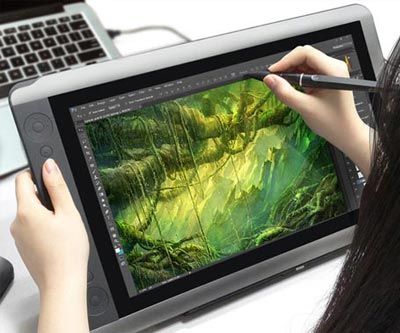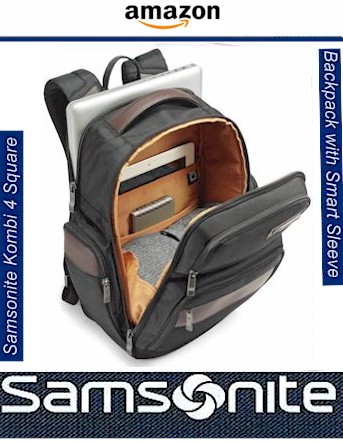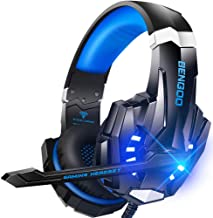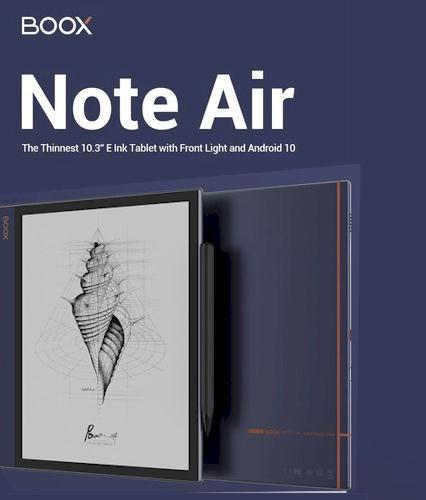TSA Security Screening 2023
TSA incorporates unpredictable security measures, both seen and unseen, to accomplish our transportation security mission.
Security measures begin long before you arrive at the airport. TSA works closely with the intelligence and law enforcement communities to share information. Additional security measures are in place from the time you get to the airport until you get to your destination.
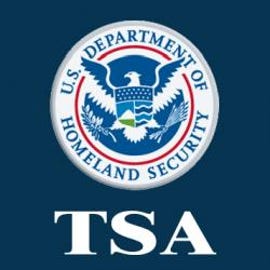
TSA adjusts processes and procedures to meet the evolving threat and to achieve the highest levels of transportation security. Because of this, you may notice changes in our procedures from time to time.

TSA counts on the traveling public to report unattended bags or packages; individuals in possession of a threatening item; and persons trying to enter a restricted area or similar suspicious activities at airports, train stations, bus stops and ports. If You See Something, Say Something™. Report suspicious activity to local law enforcement.
Passenger screening at the airport is part of TSA’s layered approach to security to get you safely to your destination. TSA’s screening procedures are intended to prevent prohibited items and other threats to transportation security from entering the sterile area of the airport and are developed in response to information on threats to transportation security. Learn more by viewing this timeline of transportation security events and measures.
Carry-on Baggage Screening
Carry-on Baggage Screening in Standard Lanes
TSA screens approximately 4.9 million carry-on bags for explosives and other dangerous items daily. Here’s what to expect when taking your carry-on bag through security screening next time you fly.
Electronics
You will be asked to remove personal electronic devices larger than a cell phone from your carry-on bag and place them into a bin with nothing placed on or under them for X-ray screening.
Common examples of these devices include laptops, tablets, e-readers and handheld game consoles.
Food
Listen to the instructions of the TSA officer. In most cases, food or snacks such as fruit, health bars, and sandwiches can stay inside your carry-on bag. There are special instructions for liquids, gels, and aerosols, as well as for baby food, breast milk and medically necessary items.
A TSA officer will be available to guide you through the process.
Packing
If you are preparing for your flight, be aware that how and what you pack can impact the screening process. Be sure that you check for prohibited items and remember to follow the 3-1-1 liquids rule.
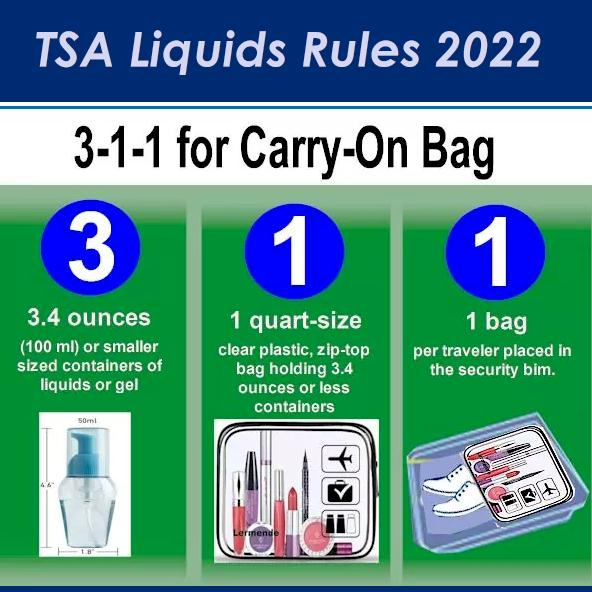
In addition to screening personal electronic devices separately, including laptops, tablets, e-readers and handheld game consoles, TSA officers may instruct travelers to separate other items from carry-on bags such as foods, powders, and any materials that can clutter bags and obstruct clear images on the X-ray machine.
We recommend keeping your bag organized to help ease the screening process as it takes time for TSA officers to make sure a jam-packed, cluttered, overstuffed bag is safe.
Check out our travel tips page for more packing and screening tips.
Checked Baggage Screening
TSA screens approximately 1.4 million checked bags for explosives and other dangerous items daily. Upon check in, your checked baggage will be provided to TSA for security screening. Once the screening process has completed, your airline will transport your checked baggage on your respective flight as well as deliver it to the baggage claim area. The majority of checked baggage is screened without the need for a physical bag search.
Inspection Notices
TSA may inspect your checked baggage during the screening process. If your property is physically inspected, TSA will place a notice of baggage inspection inside your bag. This is to inform you that an officer conducted an inspection of your property.
Claims
If your property is lost or damaged during the screening process, you may file a claim with TSA. If your property is lost or damaged during transport to the plane or baggage claim, please contact your airline. TSA has entered into an agreement to provide Rejjee® with a list of Lost and Unclaimed Property (LUP) items found by TSA, that they will make available through their website in order to facilitate matching of LUP information with claimants. TSA has no position on the validity or effectiveness of any commercial services offered by Rejjee®.
Locks
TSA has been provided universal “master” keys under agreements with Safe Skies Luggage Locks and Travel Sentry so that certain branded locks may not have to be cut to inspect baggage. These locks are commercially available, and packaging on the locks should indicate they may be opened by TSA officers.
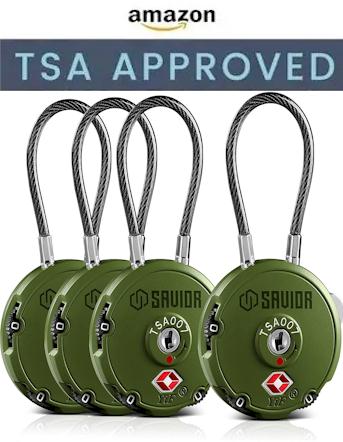
TSA has no position on the validity or effectiveness of these product as a security measure and will be forced to remove these products if necessary during the inspection.
Monitoring
Responsibilities for access control and video monitoring of checked baggage facilities fall to individual airports as part of their security plan. Methods of monitoring vary from airport to airport and may include CCTV.
International Flights
TSA works closely with international partners to maintain aviation security standards abroad.
The U.S. Department of Homeland Security is actively working to raise the baseline for aviation security across the globe by requiring the implementation of enhanced security measures, both seen and unseen, at approximately 280 foreign airports with direct commercial flights to the U.S., in more than 100 countries around the world. Read about the security measures and FAQ for more information on aviation security worldwide.
What to Expect
If you are flying from any of the last-point-of-departure airports into the U.S., you may experience a more extensive screening process and should prepare for additional screening of your property and personal electronic devices. We recommend arriving early to the airport to allow enough time for the screening process. Please know, there are no changes to items allowed in carry-on and checked baggage.
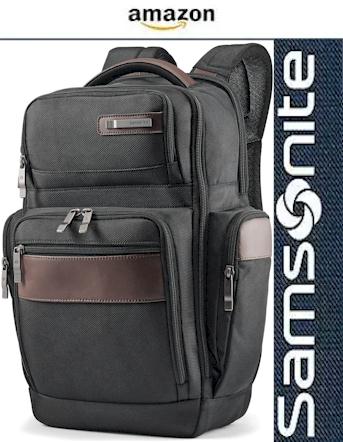
For your convenience, we encourage you to place powder-like substances over 12 oz. / 350 mL in your checked bags. Powders in carry-on baggage may require secondary screening, and powders that cannot be resolved by security officials will be prohibited from the cabin of the aircraft effective June 30, 2018.
Check with your airline if you have questions about your flight to the U.S.
Electronics Restriction
There are currently no airlines under restrictions for large personal electronic devices.
Overseas Foods & Goods
Visit the U.S. Customs and Border Protection Know Before You Go page for information on what you can bring upon entry to the U.S.
Hazardous Materials
Most hazardous materials are forbidden in carry-on and checked baggage. There are a few exceptions for some personal items such as toiletries, medicines, battery powered electronics and assistive devices. To learn about transporting hazardous materials to the U.S., check the Federal Aviation Administration Pack Safe list.
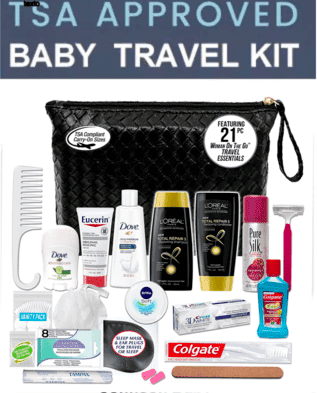
Pat-Down Screening
Pat-down procedures are used to determine whether prohibited items or other threats to transportation security are concealed on the person. You may be required to undergo a pat-down procedure if the screening technology alarms, as part of unpredictable security measures, for enhanced screening, or as an alternative to other types of screening, such as advanced imaging technology screening. Even passengers who normally receive expedited screening, such as TSA PreCheck™ passengers, may at times receive a pat-down.
A pat-down may include inspection of the head, neck, arms, torso, legs, and feet. This includes head coverings and sensitive areas such as breasts, groin, and the buttocks. You may be required to adjust clothing during the pat-down. The officer will advise you of the procedure to help you anticipate any actions before you feel them. Pat-downs require sufficient pressure to ensure detection, and areas may undergo a pat-down more than once for the TSA officer to confirm no threat items are detected.
TSA officers use the back of the hands for pat-downs over sensitive areas of the body. In limited cases, additional screening involving a sensitive area pat-down with the front of the hand may be needed to determine that a threat does not exist.
You will receive a pat-down by an officer of the same gender. TSA officers will explain the procedures to you as they conduct the pat-down. Please inform an officer if you have difficulty raising your arms or remaining in the position required; an external medical device; or areas of the body that are painful when touched. You may request a chair to sit if needed.
At any time during the process, you may request private screening accompanied by a companion of your choice. A second officer of the same gender will always be present during private screening.
Screening Technology
TSA uses millimeter wave advanced imaging technology and walk-through metal detectors to screen passengers. Millimeter wave advanced imaging technology safely screens passengers without physical contact for metallic and non-metallic threats, including weapons and explosives, which may be concealed under clothing.
Generally, passengers undergoing screening will have the opportunity to decline AIT screening in favor of physical screening. However, some passengers will be required to undergo AIT screening if their boarding pass indicates that they have been selected for enhanced screening, in accordance with TSA regulations, prior to their arrival at the security checkpoint. This will occur in a very limited number of circumstances. The vast majority of passengers will not be affected. See the responses to frequently asked questions.
Safety: Advanced imaging technology is safe and meets national health and safety standards. This technology uses non-ionizing radio-frequency energy in the millimeter spectrum with no known adverse health effects. It does not use X-ray technology.
Privacy: TSA has strict privacy standards when using advanced imaging technology to protect your privacy. Advanced imaging technology uses automated target recognition software that eliminates passenger-specific images and instead auto-detects potential threats by indicating their location on a generic outline of a person. The generic outline is identical for all passengers.
Secure Flight – TSA Security Screening
To protect privacy, the Secure Flight program collects the minimum amount of personal information, such as full name, date of birth, and gender, necessary to conduct effective matching. Read the Privacy Impact Assessment and the System of Records Notice for information about the program’s rigorous privacy protections. Personal data is collected, used, distributed, stored and disposed of according to stringent guidelines.
Secure Flight transmits the screening instructions back to the airlines to identify low-risk passengers eligible for TSA PreCheck®; individuals on the Selectee List who are designated for enhanced screening; and those who will receive standard screening. Secure Flight also prevents individuals on the No Fly List and Centers for Disease Control and Prevention Do Not Board List from boarding an aircraft. The Travel Redress Program provides resolution for travel-related screening or inspection issues.
Standard and TSA PreCheck™ Screening
As you know, standard screening requires that you remove all items and place them on the X-ray belt for screening. With TSA PreCheck®, you are able to speed through security and don’t need to remove your shoes, laptops, liquids, belts and light jackets. Learn about how you can receive expedited screening with TSA PreCheck®.
Tags

